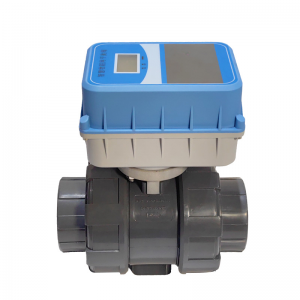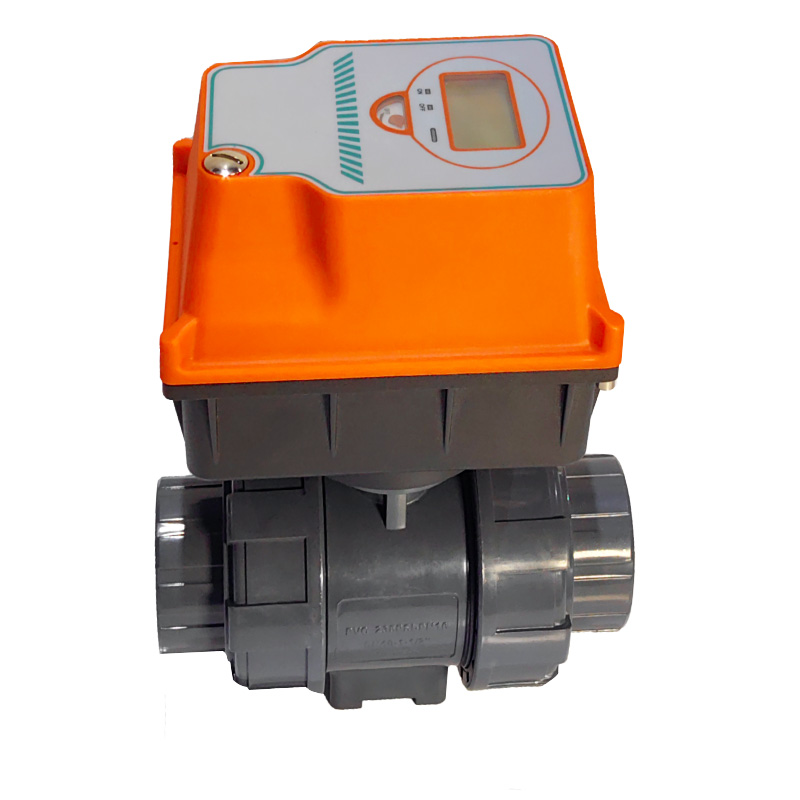Avoid your inquiry is delay response, please enter your WhatsApp/WeChat/Skype along with the message, so we can contact you at the very first time
We will reply you within 24 hours. If for urgent case, please add WhatsApp: +8613188899036, or WeChat: 0531-87968777. Or call 0531-87968777 directly.
* We respect your confidentiality and all information are protected. We will only use your information to respond to your inquiry and will never send unsolicited emails or promotional messages.
Water runs our homes. Water powers our industries. But old, leaky, and stiff valves let all that value slip away. Every year, the average household loses 10,000 gallons because of leaks and outdated valve technology. That’s enough to fill a backyard swimming pool!In cities, it’s even worse: as much as 30% of water is lost in the distribution network through leaks!
These silent losses chip away at your budget. And, as droughts and resource shortages hit harder each year, they take a serious toll on communities and industries everywhere.
Traditional valves don’t just waste water—they waste time, energy, and peace of mind. Imagine tackling these issues:
Think it’s only your problem? Not so.
Worldwide, demand for automated control valves is soaring—expected to hit USD 12.96 billion by 2032!. That’s because industries, cities, and smart homes everywhere are waking up to the major costs of sticking with yesterday’s technology.
| Problem | Consequence | Data Point |
|---|---|---|
| Leaky Seals | Water, energy, and heat lost | 10,000 gal/yr per home; up to 30% per city |
| Manual Control | Slow reaction to emergencies and inefficiency | No data feedback, no smart actions |
| No Automation | Missed opportunities for savings & convenience | Market pushing 7.21% CAGR automation |
| Corrosion & Wear | Frequent failures, costly replacements | Plastic valves rising due to corrosion resistance |
Electric valves are changing the game.
By using smart actuators, sensors, and automation, you get:
Not all. But leading valve factories now use advanced production lines, automated QC, and can supply thousands of tons yearly to meet both basic and high-tech needs.

electric valve
Electric valves work by using a small motor or solenoid actuator to open or close the flow of water—automatically, reliably, and quickly.
Newer models, like the semi-direct acting solenoid valve, can provide precise flow control up to 10.1 L/min—super important when accuracy counts!
Want to see smart valves in action?
Explore how WiFi Smart Valves and IoT connected 4G-CAT1 Smart Valves deliver real-time, automatic water control—even when you’re far away.
A modern valve factory can achieve an annual output of up to 8,000 tons with five efficient production lines. This means stable supply, fast delivery, and the flexibility to respond to any project requirement—whether that’s a municipal water upgrade or a custom energy-saving retrofit in an industrial plant.
Quality matters.
Smart factories use:
so every valve delivers long-term reliability.
| Material | Benefits | Market Insight |
|---|---|---|
| Stainless Steel | Hygiene, durability | Best for critical water and heating lines |
| Brass | Traditional, reliable | Used for decades in heating and domestic systems |
| Plastic | Corrosion-proof, lightweight | Market rising to USD 5.95B by 2031! |
Plastic solenoid valves are winning in irrigation, chemical, and aggressive water projects for their durability. Want to cut costs and stay green? Try a corrosion-proof UPVC electric ball valve for sensitive flows.

UPVC electric ball valve
| Application | Before Smart Valve | After Smart Valve | Benefit |
|---|---|---|---|
| City Water Network | 30% loss to leaks | <10% with leak detection | Millions of liters saved |
| Home Heating | Energy waste, bursts | Remote shut-off, monitoring | Bills and damage way down |
| Industrial Cooling | Manual, slow | Automated precision | Less downtime, safer production |
| Farm Irrigation | Overwatering, waste | Automated scheduling | Water savings, better crops |
Navarch’s technical team designs, builds, and tests every valve so you can be sure of both high efficiency and zero compromise on safety or quality.
Why choose Navarch?
| Valve Type | Core Feature | Use Case |
|---|---|---|
| WiFi Smart Valve | Remote via app, home use | House, apartment, office |
| 4G-CAT1 Smart Valve | Industrial IoT, cloud control | Large buildings, industry |
| WMBUS Valve | District heating networks | Multi-building campuses |
| RS485 Regulating Valve | Fine control, bus connectivity | HVAC, energy grids |
| Zigbee Smart Valve | Smart home mesh automation | Home automation, remote irrigation |
Ready to connect your heating or water system to the future?
Navarch offers full system integration, combining modern electric, WiFi, and IoT valves with your pumps, meters, and control panels for:
Here’s the reality:
The world’s moving fast. Water, energy, and heat are too precious to waste. With smart electric valves and integrated systems, you’re not just saving on bills—you’re boosting your system’s lifetime, protecting your buildings, and putting real control back in your hands.
Looking for a future-ready solution? Don’t settle for less.
Explore more about smart valve options like WMBUS ValveWiFi Smart Valve, or 4G-CAT1 Smart Valve to take the next step.
| Market/Need | Data Point |
| Global Valve Market | $12.96B by 2032, 7.21% CAGR |
| Plastic Valve Growth | $5.95B by 2031, 3.6% CAGR |
| Leaks in Homes | |
| Leaks in Cities | Up to 30% of water lost |
| Production Capacity | Up to 8,000 tons/year (top factories) |
| Precision Control | Up to 10.1 L/min with advanced solenoid |
Problem: Old valves are a drain on resources and peace of mind.
Agitate: Rising costs, leaks, and missed opportunities add up.
Solution: Modern electric, smart valves—and full system integration—bring savings, safety, and control.
Choose leaders in innovation.
Choose Navarch for a better water and energy future.
Upgrade. Automate. Save.
